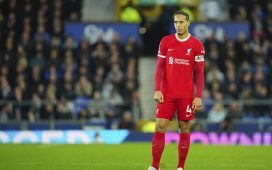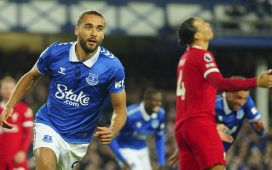Basso, on the other hand, was struck by the speed of it. “It was hard that first week, but the week after, it was impressive,” she said. “I would have taken five months to recuperate, but he seemed to get better quicker.” She wonders if the fact that he is an athlete helped accelerate his recovery.
Not quite three weeks after surgery, Jiménez returned to the team’s training facility, just to feel the turf beneath his feet again, to reconnect with his teammates. Within a month, he was taking his first steps toward playing again: first in the gym, working on his mobility, his coordination, his balance.
A few weeks later, he was back on the field, first to run and then, by early March, to train. When he will play again is not certain — the 30-year-old Jiménez had hoped to be able to return this season or for international commitments with Mexico this summer, but there is no definitive timetable — but simply feeling like a soccer player again feels like a major triumph to him.
“You feel like part of the team again,” he said. “You’re training with them, keeping the same schedule as them. At the start, I would arrive on my own, train on my own, and then by the time I’d finished, the rest of the squad had gone. It was hard at the start. It’s when you’re training with them that you feel part of the team again.”
His involvement is governed by strict rules. He has been told not to head the ball, at least not yet. It is one of the strengths of his game, one of the things he loves about playing. When that is eventually permitted, he will start with a softer, smaller ball, to help his skull build resistance. There are benefits, though. “They told my teammates to be careful with me,” he said. “It is weird for them, and weird for me. I get the ball, and nobody can touch me. It’s like being Messi.”







